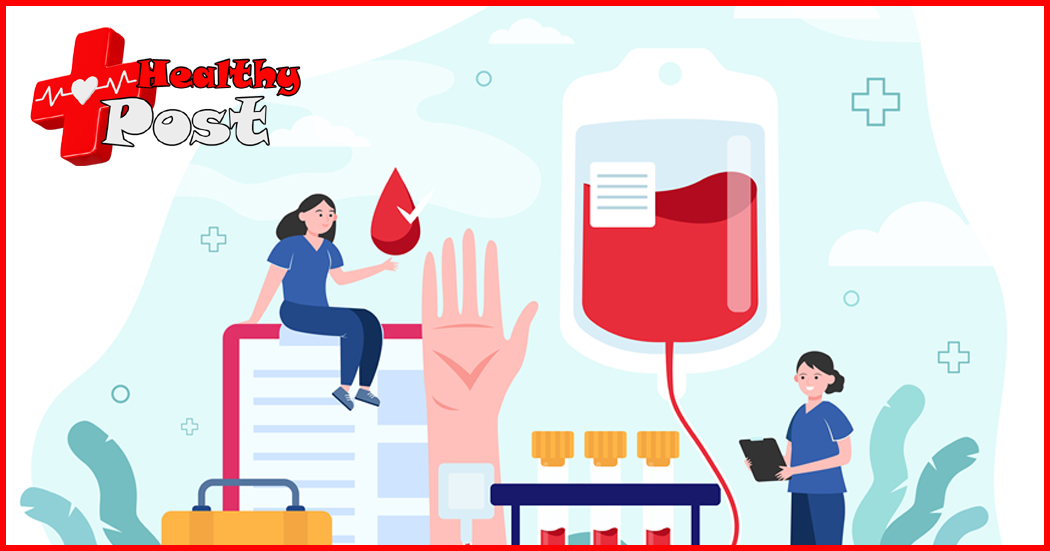
The Lifeblood of Healthcare System, BBMIS
Introduction
Blood bank management information systems (BBMIS) play an essential role in the healthcare industry, as patients’ lives are on the line and every second matters. Thanks to these advanced software systems, blood banks are now able to save countless lives by always having the correct kind of blood on hand. If you work in healthcare and deal with blood storage or distribution, you need a BBMIS. It’s more than simply software. Every step of the blood product life cycle, from collecting and testing to storing, distributing, and finally using the product, is carefully orchestrated by this system. Emergencies, surgeries, and the treatment of a wide range of medical diseases all rely on blood transfusions. So there’s more to it than just logistics; making sure they’re safe, compatible, and delivered on time.
To human health, BBMIS is an invaluable tool. There will be less chance of blood shortages or waste with these systems in place because of how they streamline the administration of blood supplies. Having a reliable BBMIS can be life-or-death in an emergency, when every second counts. Ensuring the safe and rapid sharing of life, and giving information is like having a guardian angel for healthcare practitioners and patients simultaneously.
In addition, BBMIS is essential for assuring compatibility, matching donors to recipients, and reducing the likelihood of transfusion-transmitted illnesses. This level of accuracy is critical for improving the quality of treatment patients get and for ensuring the safety and efficacy of blood transfusions.
The Magic of Blood Bank Softwares
Delving into blood bank software reveals a world of technological innovation aimed at saving lives. These systems come equipped with many astounding features. They manage donor databases, track blood samples through barcoding, and ensure the integrity of blood products. They have temperature monitoring sensors that help maintain a suitable environment during storage and transportation. In addition, they facilitate seamless communication between hospitals and blood banks to ensure that the demands for blood products are met promptly and accurately.
BBMIS can forecast the need for blood supplies because it is designed to manage complicated algorithms. Taking into account factors like historical demand, seasonal trends, and even local events that might affect blood supply and demand. This predictive capability is a game-changer. It allows blood banks to prepare in advance and ensure that they do not run short of these supplies.
BBMIS has an exciting and promising future. Advancements in AI and ML are poised to revolutionize these systems. They allow more accurate predictions of blood supply demands and better matching methods. Both have the potential to significantly decrease the risks of transfusion responses.
Envision a future when BBMIS can connect with wearable gear, delivering real-time health data that could indicate possible blood donation matches or notify of particular blood product requirements during emergencies. Potentially saving countless lives, the options are practically endless.
Conclusion
No one can deny the importance of information systems for blood bank management in improving patient health and preventing needless deaths. At the crossroads of healthcare and technology, these solutions bring together compassion, safety, and efficiency to have a real impact.
It is critical to acknowledge our contributions to this ecosystem as we anticipate additional advancements in this area. If you are a healthcare provider, a contributor, or just someone who believes in the power of technology to improve people’s lives, your contribution is important. We can all contribute to a better, healthier future by promoting and supporting enhanced BBMIS. This understanding of BBMIS should serve as a poignant reminder of the potential of collaborative action to save lives. Moreover, the profound effect that technology may have on people’s health. It is an invitation to take part in the effort to improve health outcomes for everyone.
